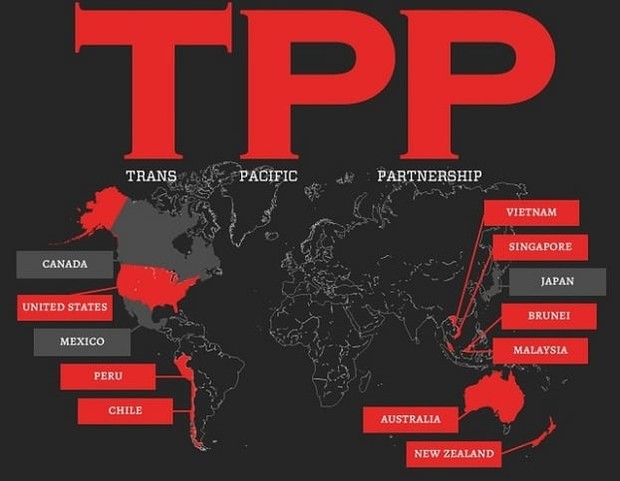
One of President Trump’s first acts in office was withdrawing from the Trans-Pacific Partnership which was one of the signature accomplishments of the Obama administration, the others being giving Iran over a billion dollars in cash and a roadmap to a nuke and setting off a regional war in Syria and Iraq.
With the stroke of a pen on his first full weekday in office, Mr. Trump signaled that he plans to follow through on promises to take a more aggressive stance against foreign competitors as part of his “America First” approach. In doing so, he demonstrated that he would not follow old rules, effectively discarding longstanding Republican orthodoxy that expanding global trade was good for the world and America — and that the United States should help write the rules of international commerce.
Although the Trans-Pacific Partnership had not been approved by Congress, Mr. Trump’s decision to withdraw not only doomed former President Barack Obama’s signature trade achievement, but also carried broad geopolitical implications in a fast-growing region. The deal, which was to link a dozen nations from Canada and Chile to Australia and Japan in a complex web of trade rules, was sold as a way to permanently tie the United States to East Asia and create an economic bulwark against a rising China.
Instead, Mr. Trump said American workers would be protected against competition from low-wage countries like Vietnam and Malaysia, also parties to the deal.
But some in both parties worry that China will move to fill the economic vacuum as America looks inward, and will expand its sway over Asia and beyond.
On March 8, eleven nations signed the trade deal:
A group of 11 nations — including major United States allies like Japan, Canada and Australia — signed a broad trade deal on Thursday in Chile’s capital, Santiago, that challenges Mr. Trump’s view of trade as a zero-sum game filled with winners and losers.
…
Now, signatories are opening the door for China to join. Heraldo Muñoz, Chile’s foreign minister, told reporters on Thursday afternoon that Chinese officials had been weighing the possibility of signing on.“This will be open to anyone who accepts its components,” Mr. Muñoz said. “It’s not an agreement against anyone. It’s in favor of open trade.”
…
The new agreement — known as the Comprehensive and Progressive Agreement for Trans-Pacific Partnership — drops tariffs drastically and establishes sweeping new trade rules in markets that represent about a seventh of the world’s economy. It opens more markets to free trade in agricultural products and digital services around the region. While American beef faces 38.5 percent tariffs in Japan, for example, beef from Australia, New Zealand and Canada will not.
That was then, this is now.
NEW: Senate Ag Committee Chair @SenPatRoberts says Trump told Rs at the WH today that he has asked Lighthizer & Kudlow to take a look at rejoining TPP
— Gabby Orr (@GabbyOrr_) April 12, 2018
JUST IN: @BenSasse tells reporters that during their meeting with Trump, he ordered Robert Lighthizer and Larry Kudlow to look at rejoining TPP – to open up more markets for farmers
— Charlie Spiering (@charliespiering) April 12, 2018
It is good news that today the President directed Larry Kudlow and Ambassador Lighthizer to negotiate U.S. entry into TPP: https://t.co/sfzI3eyDOM pic.twitter.com/B75Bsdsm3x
— Senator Ben Sasse (@SenSasse) April 12, 2018
According to the Washington Post, the decision was reached by some conservative senators using mental kung fu on Trump:
Sen. John Thune (R-S.D.) said that he and others at the table raised the point that “if you really want to get China’s attention, one way to do it is start doing business with all the people they’re doing business with in the region: their competitors.”
Trump then told Lighthizer and Kudlow to “take a look at getting us back into that agreement, on our terms of course,” Thune said. “He was very I would say bullish about that.”
Sen. Ben Sasse (R-Neb.) also confirmed Trump’s surprise move.
“We should be leading TPP,” Sasse said. “China is a bunch of cheaters and the best way to push back on their cheating would be to be leading all these other rule of law nations in the Pacific that would rather be aligned with the U.S. than with China.”
Engaging in talks to reenter the TPP would be part of a broader White House strategy to respond to an escalating trade flap between Trump and Beijing. Trump is looking for ways to crack down on what he believes are unfair trade practices in China, but he is having a hard time rallying other countries to backstop his push to impose new tariffs or raise the costs of exports and imports for China.
I expect there are two forces at work here. Or maybe three. First, this opens markets to US exports, particularly agricultural exports, that are vulnerable in the trade spats Trump is picking. Second, the possibility of China being asked to join makes the US joining mandatory. And last, but not least, Trump’s people will be negotiating it, not Obama’s, so by definition, it won’t be a terrible deal.
after we join TPP, Trump will join Black Lives Matter
— John Podhoretz (@jpodhoretz) April 12, 2018



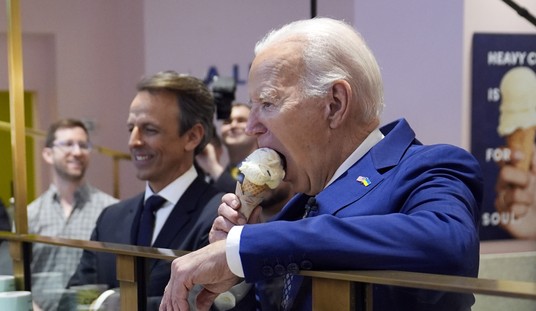


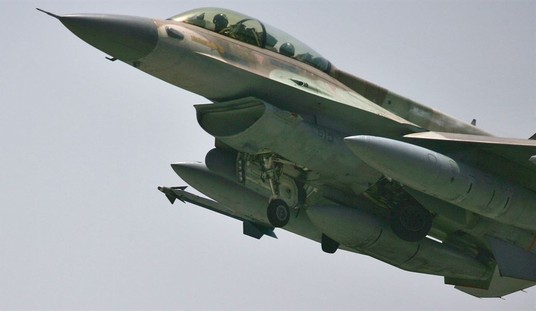
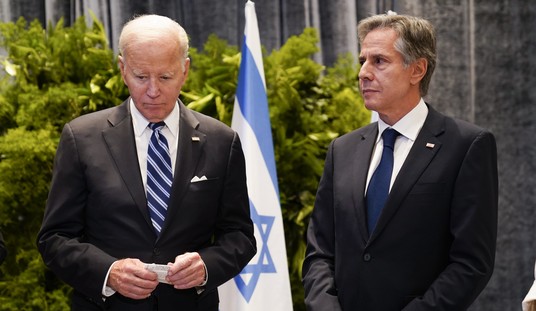

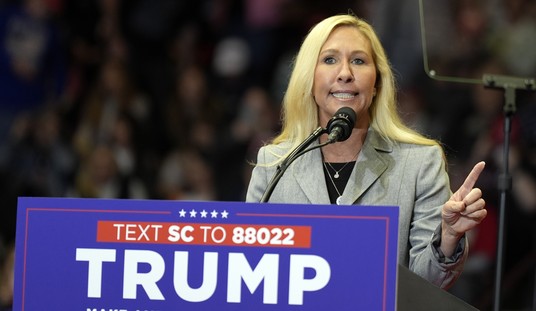



Join the conversation as a VIP Member